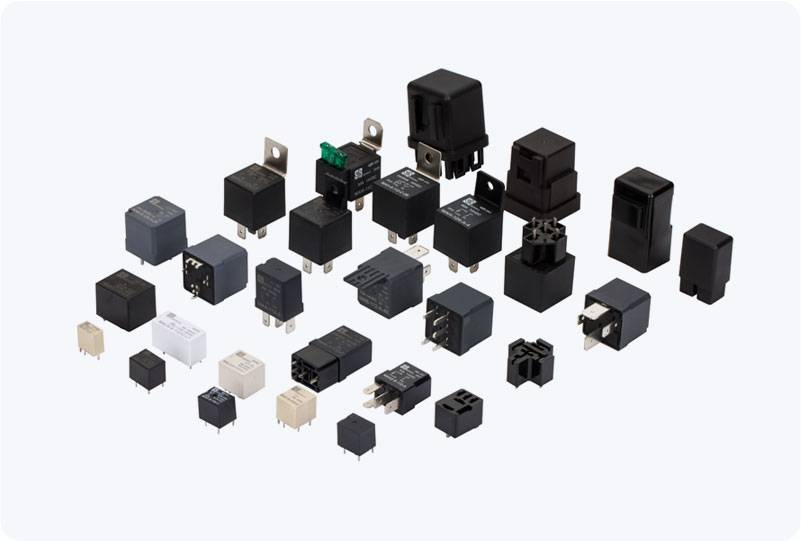understanding sil 3 communication relay: ensuring safety in high-risk environments
Release time:2025-10-18 14:42:35
In the world of industrial automation and control systems, safety is of paramount importance, especially when dealing with high-risk processes or environments. The concept of Safety Integrity Level (SIL) is essential in assessing the reliability and safety of systems designed to prevent hazardous events. One of the critical components of achieving a high level of safety in these systems is the use of SIL 3 communication relays. These relays play a vital role in ensuring that processes operate safely, even when faults or failures occur.

What is SIL 3?
Safety Integrity Level (SIL) is a measure defined by the IEC 61508 standard that quantifies the performance of safety systems. SIL 3 represents a high level of safety and is required in applications where the potential consequences of failure can lead to severe injury, environmental damage, or significant financial loss. SIL levels range from SIL 1 (the lowest level) to SIL 4 (the highest). Achieving SIL 3 means that the system has a low probability of failure, typically with a failure rate of less than 1 in 1000 years.
The Role of SIL 3 Communication Relays
A SIL 3 communication relay is designed to meet the stringent requirements of safety-critical systems. It ensures that electrical signals are properly isolated and transmitted in a way that guarantees safety in case of system failure. The relay serves as a bridge between various components of a safety system, such as sensors, controllers, and actuators. It ensures that, in the event of a failure, the system can transition into a safe state, thereby minimizing the risk of a hazardous situation.

